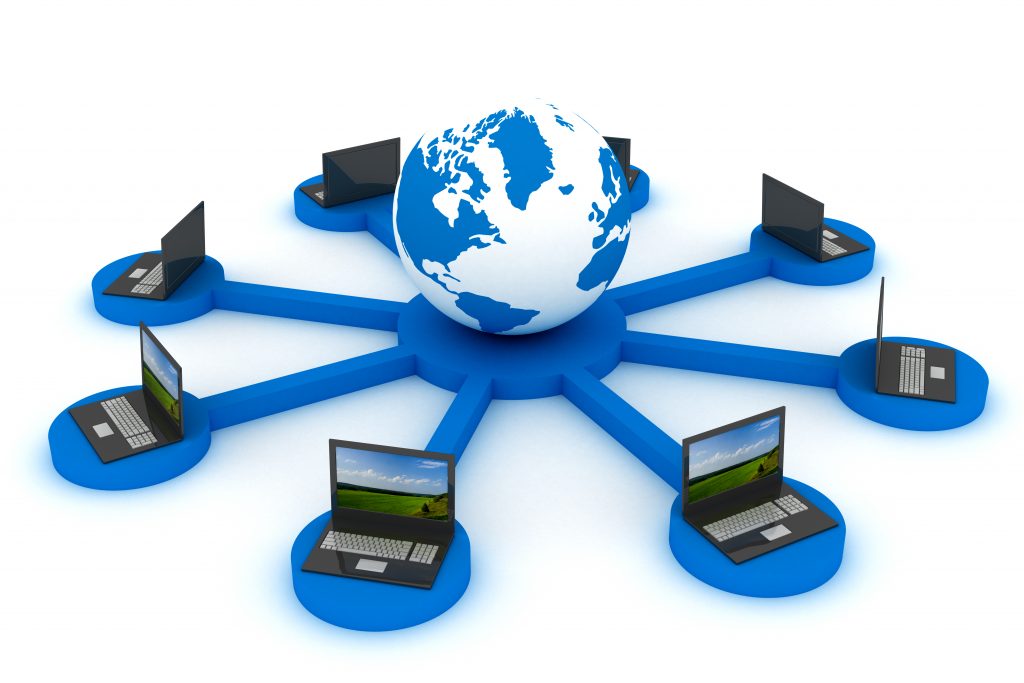
What is the cloud?
Cloud Computing
A technological approach where computing resources are provisioned in a shareable way, so that lots of users ge twhat they need, when they need it.
Hardware Virtualization
Core concept of how cloud computing works.
It allows the concept of a physical machine and a logical machine to be abstracted away from each other.
Virtualization
A single physical machine, called a host, could run many individual virtual instances called guests.
Hypervisor
A piece of software that runs and manages virtual machines, while also offering these guests a virual operating platform that's indistinguishable from actual hardware.
Private Cloud
Used by a single large corporation and generally physically hosted on its own premises.
Hybrid Cloud
A term used to describe situations where companies might run things like their most sensitive proprietary technologies on a private cloud, while entrusting their less sensitive servers to a public cloud.
Everything as a Service
Infrastructure as a Service (IaaS)
You shouldn't worry about building your own network or own servers.
You just pay someone else to provide you with that service.
Platform as a Service (PaaS)
A subset of cloud computing where a platform is provided for customers to run their services.
Software as a Service (SaaS)
A way of licensing the use of software to others while keeping that software centrally hosted and managed.
Cloud Storage
In a cloud storage sytem, a customer contracts a cloud storage provider to keep their data secure, accessible, and available.

I enjoyed reading your post! It's a concise and insightful overview of cloud computing, making it accessible for readers looking to grasp the basics. To further enhance your understanding of cloud technology, I recommend checking out the article at https://www.cleveroad.com/blog/cloud-vs-on-premise/. It offers a more detailed comparison between cloud and on-premise solutions, providing valuable insights for anyone interested in this technology.